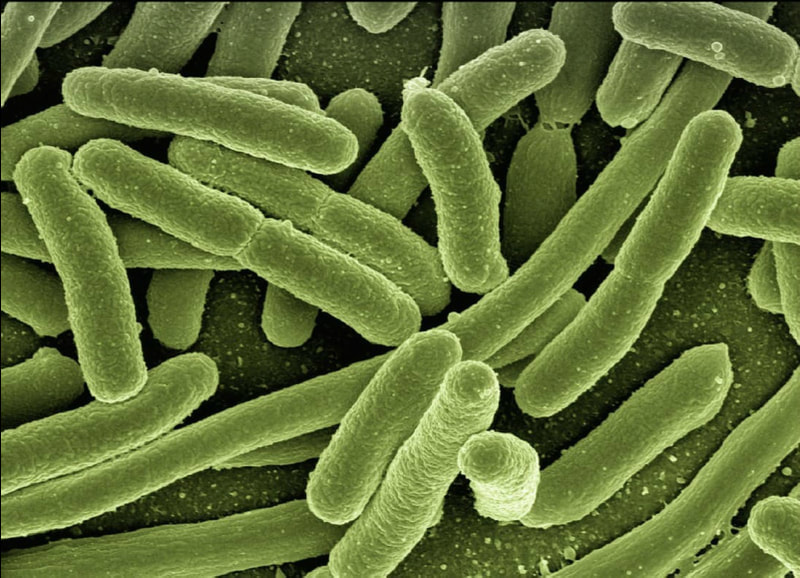Researchers Identify Brain Circuit Involved in Alcohol Cravings
Drug addiction is a general term that refers to the excessive consumption of drugs (legal or illegal) to an extent that negatively impacts one’s life. Delving deeper, alcoholism is specifically an addiction to alcohol consumption; people generally gravitate towards alcohol abuse and over time develop a dependence to the drug. Additionally, common signs of alcoholism include:
In 2015, the National Institute of Alcohol Abuse and Alcoholism (NIAAA) found that 6.2% of American adults (15.1 million people) suffer from some type of Alcohol Use Disorder (AUD). The gravity of this statistic reflects how one of the most difficult barriers to overcoming addiction are the withdrawal symptoms experienced by addicts when they immediately cease drinking. Withdrawal refers to a various set of debilitating symptoms (i.e, seizures, high blood pressure, fever, and more) and can potentially be life-threatening. These symptoms can start soon after one’s last drug dosage, with most severe symptoms lasting for several days. The extreme discomfort and pain patients face during this period adds to the difficulty in becoming sober. Because of the grave impacts alcoholism has in society, it is imperative for researchers to look for new treatments in order to help combat addiction.
- Dependence on alcohol
- Inability to cease drinking
- Excessively thinking about when one will be able to drink next
- Genetic predisposition
- Family history
- Peer pressure
- Traumatic life experiences
- Mental illness
In 2015, the National Institute of Alcohol Abuse and Alcoholism (NIAAA) found that 6.2% of American adults (15.1 million people) suffer from some type of Alcohol Use Disorder (AUD). The gravity of this statistic reflects how one of the most difficult barriers to overcoming addiction are the withdrawal symptoms experienced by addicts when they immediately cease drinking. Withdrawal refers to a various set of debilitating symptoms (i.e, seizures, high blood pressure, fever, and more) and can potentially be life-threatening. These symptoms can start soon after one’s last drug dosage, with most severe symptoms lasting for several days. The extreme discomfort and pain patients face during this period adds to the difficulty in becoming sober. Because of the grave impacts alcoholism has in society, it is imperative for researchers to look for new treatments in order to help combat addiction.
Image Source: geralt
To this end, a recent study has successfully identified and manipulated a brain signalling pathway that decreases withdrawal symptoms in rats addicted to alcohol. The study was based on the notion that activating a neuron group in the amygdala can increase the desire to drink when someone is experiencing symptoms of withdrawal. This activation relied on optogenetics, a new area of research that utilizes light in order to control neuronal activity, thereby allowing researchers to determine the functions of specific neurons. In order for this to occur, researchers manipulate brain cells to be sensitive to specific wavelengths of light. Contact with this light induces changes in a manipulated cell that can either excite or inhibit it, which in practice allows researchers to choose specific pathways to activate or shut down in order to control a patient’s neuronal activity.
By using optogenetic techniques, researchers were able to identify a neuronal pathway that is involved in alcohol withdrawal symptoms. When this pathway was deactivated in the treatment group, they saw a partial reduction in visible withdrawal symptoms and a significant reduction in the desire to drink alcohol. The study also found that the amount of alcohol consumed by treated rats was comparable to the amount they drank before they were considered “dependent” on alcohol. While this study only provides preliminary results in rodents, it is possible that this can be translatable to humans. However, further research is necessary in order to find ways to target this pathway for treatment purposes.
By using optogenetic techniques, researchers were able to identify a neuronal pathway that is involved in alcohol withdrawal symptoms. When this pathway was deactivated in the treatment group, they saw a partial reduction in visible withdrawal symptoms and a significant reduction in the desire to drink alcohol. The study also found that the amount of alcohol consumed by treated rats was comparable to the amount they drank before they were considered “dependent” on alcohol. While this study only provides preliminary results in rodents, it is possible that this can be translatable to humans. However, further research is necessary in order to find ways to target this pathway for treatment purposes.
Featured Image Source: Lernestorod
RELATED ARTICLES
|
Vertical Divider
|
Vertical Divider
|
Vertical Divider
|






